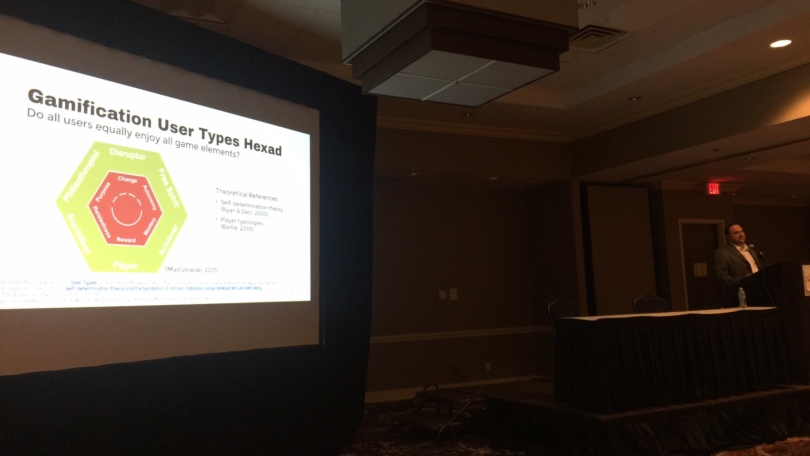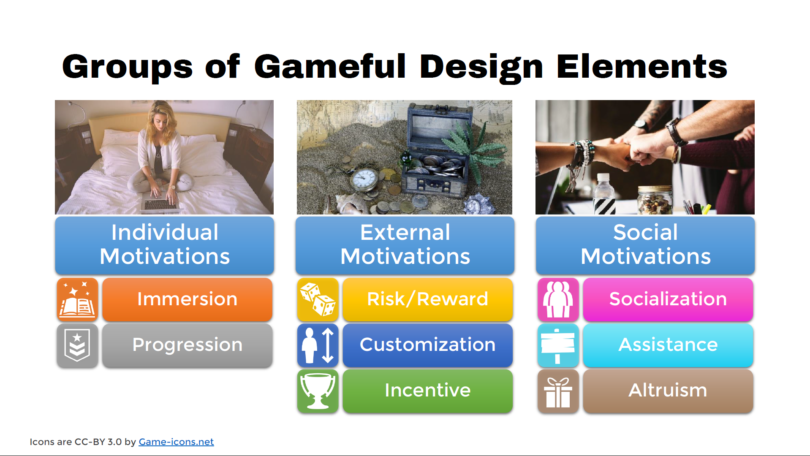Originally published on the ACM XRDS blog.
Technology has undoubtedly improved at vertiginous speeds in the last decades. However, there is no evidence that all this technology is helping increase the people’s general wellbeing. Calvo and Peters have attributed this to the fact that most technology professionals keep a machine-focused view of their work, avoiding to look at anything related to the user’s’ wellbeing. Nevertheless, recently there has been a growing body of efforts related to using technology to improve human wellbeing. Calvo and Peters refer to this new research field as Positive Computing.
Positive Computing can be understood as the effort of building technology to support human wellbeing and help develop human potential. It is a multidisciplinary field, which often involves collaboration between HCI researchers with psychologists, anthropologists, sociologists, physicians, and educators. According to Calvo and Peters, Positive Computing can be employed in three approaches:
- preventative design: any obstacles or compromises to wellbeing is treated as an error and triggers redesign of the application;
- active design: integrating elements to support the user’s wellbeing and human potential even when the application has a different goal;
- dedicated: designing technology that fosters human wellbeing.
Calvo and Peters also propose a framework for working with Positive Computing and posit that design for wellbeing can be achieved by focusing on one or more of these determinant factors, which are informed by established psychological models:
- Self (intrapersonal) factors: positive emotions, motivation and engagement, self-awareness, mindfulness, and resilience.
- Social (interpersonal) factors: gratitude and empathy.
- Transcendent (extra-personal) factors: compassion and altruism.
Positive Computing is a very novel multidisciplinary research field. It was recently promoted by the Computing and Mental Health Workshop and the Designing Technology for Wellbeing Course, both presented at ACM CHI 2016. To know more about Positive Computing, examples, publications, and research opportunities, visit the Positive Computing lab website.
One of the approaches to Positive Computing is Gamification, the use of game design elements and inspiration to foster user motivation, engagement, and wellbeing. Some of the research projects we are working on the HCI Games Group involve using Gamification to improve the user’s health and learning opportunities. Visit the HCI Games Group to learn more about our ongoing projects.



